Jhelum Valley Medical College (Now SKIMS Medical College):Untold Story of a Dream and Unsung Heroes
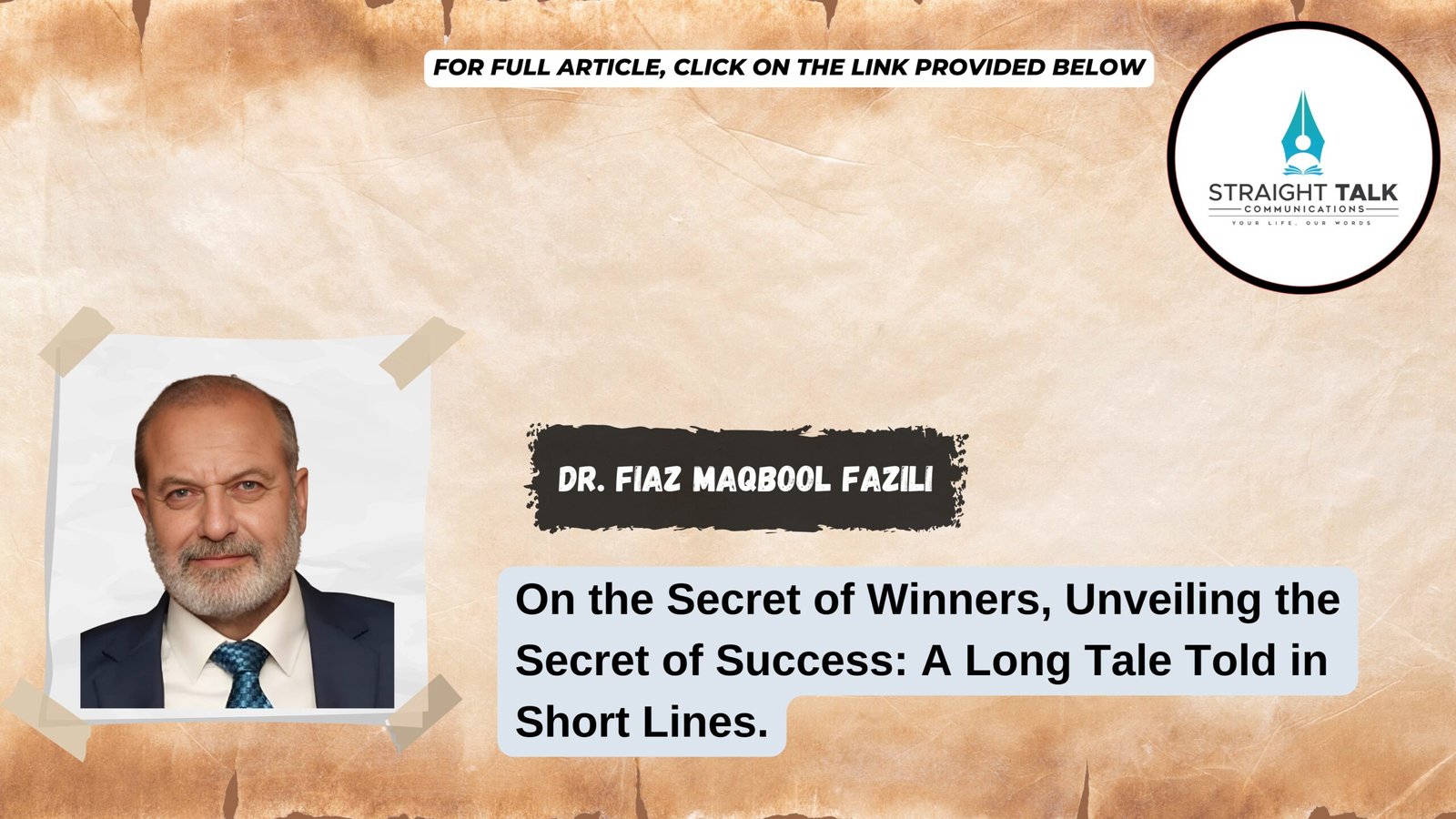
Dr. Fiaz Maqbool Fazili
On the Secret of Winners, Unveiling the Secret of Success: A Long Tale Told in Short Lines.
July 15 marks the Foundation Day of what is now SKIMS Medical College – a moment to reflect not just on how far we’ve come, but on the quiet sacrifices and extraordinary perseverance that built this institution from scratch.
JVC was not built in a day. Behind its journey from a humble vision to a prestigious postgraduate institution lie years of selfless effort, resilience, and unwavering belief in the power of education. Sadly, the story has largely remained untold. Today, as the college thrives, most of the pioneers who laid its foundations have left for their heavenly abodes. Only a few of us from the original team Dr. Mustafa Kamal, Sr.Advocate Mufti Mehraj-ud-Din, and I, Dr. Fiaz Maqbool Fazili, are surviving ——remain as witnesses to the incredible journey.
How It Began? In the early 1980s, during the chahrum (condolence gathering) of the mother of Mr. M. Iqbal Bukhari (father of Mr. Altaf Bukhari), a group of conscious civil society members gathered—Dr. Mehraj-ud-Din, Prof. Dr. Abdul Ahad Guru, and Engineer Ghulam Mustafa Shonthoo among them. Amidst the social conversation, concerns arose over Kashmiri girls facing harassment while studying medicine outside J&K. This was the spark that ignited the dream: to establish a medical college in Kashmir—initially envisioned as a Girls’ Medical College. Cautious due to past failed attempts like the Muslim Education Trust Sopore, we were nevertheless determined. Upon learning that a patch of state land at Bemina was unutilized, we approached then-Chief Minister Dr. Farooq Abdullah, who personally knew many in the team. He immediately supported the initiative and guided us to form a trust for legal formalities. Thus, the Kashmir Medical Trust was born—with Dr. Mustafa Kamal as Chairman, Prof. Dr. Mehraj-ud-Din as Vice Chairman, Dr. Guru, Er. Shonthoo Sahib and Mufti Mehraj as core members. I, by choice and habit, stayed away from any formal designation but pledged my full-time support to make the vision a reality.
From Dream to Reality
With legal clearances facilitated by the CM and land formally allotted, we developed a DPR-detailed project report through a firm in Delhi. The funding challenge was immense. We opted for a crowd-funding approach, appealing to local, national and international individuals, institutions, and philanthropists. The foundation stone was laid in a grand ceremony by Dr. Farooq Abdullah, who humorously remarked in Kashmiri, “I’ve laid many foundation stones that ended up as graveyards.” I assured him that this was different—this stone would stand as a future medical university.
Construction began modestly—two small buildings: one housing lecture halls, dissection and physiology labs; the other, a library and college office. A small office in a rented room at Bal Garden served as the nerve center. Engineer Ghulam Hassan Kuttey took charge of construction. The KU affiliation process was aided discreetly by Registrar Pirzada Ghulam Hassan, and Mr. Kaul from the University helped us prepare the documents.
Admissions were merit-based, with most students securing above 80% marks. A modest donation (Rs. 2–3 lakhs) was collected, and a few nominations accepted at the CM’s discretion. We faced a severe shortage of faculty. I personally convinced Prof. M.L. Kaul (former HOD Anatomy, GMC Srinagar) to join. For Biochemistry, Madam Samina and the late Dr. Sufi Sahib from SKIMS stepped in. The inaugural function was successfully held, and the students formally joined Dr. Kaul delivered the inaugural lecture to a packed class on a frigid winter morning in a freshly roofed hall we had prepared overnight by gaslight. Among the first batch were notable names like Dr. Bashir Veeri (MLA Bijbehara), Dr. Suhail Khanday (Ramzana Hospital), etc and the late Afzal Guru
The Challenges We Overcame
There was no blackboard on inauguration day—I had to borrow one from a local school. On the morning of the inaugural announcement, while on my way to pick up Dr. Kaul, it suddenly struck me—we had no blackboard! Where would Dr. Kaul write during his lecture? I immediately detoured to a nearby Iqbal Memorial school. I recalled my neighbour, Mr. Ghulam Ali Sahib, former Headmaster of Central School Anantnag and a regular at the Bal Garden Mosque. He knew my father well. As I entered his office and quickly explained the JVC project, he warmly embraced me and instructed his assistant to place a blackboard in my car. Just as I was leaving, he called out, “Do you have white chalks?” That small detail—so easily overlooked—could have turned into a major embarrassment. Thankfully, everything fell into place. The inaugural function was successfully held, and the students formally joined. There were no cadavers for dissection—GMC declined to help. On Prof. Guru’s advice, I went to Lucknow to meet Prof. A. Halim Durrani, HOD Anatomy, KGMU. He not only arranged for anatomical specimens and dead bodies but also helped with permissions for transport. He connected me with Prof. Nischit (Physiology) and Prof. Lata Mehta (Anatomy) who joined as faculty. I personally ensured their comfort in Srinagar. Every piece—from dead bodies to models, lab instruments, skeletons, and microscopes—had to be arranged from scratch. Even transporting cadavers from Lucknow faced police and toll barriers at Lakhanpur, which were cleared only after intervention from Dr. Mustafa Kamal’s office. Fortunately, I had wisely documented the consignment under the name of Dr. Mustafa Kamal, then Chairman of the Kashmir Medical Trust and Minister for R&B. I immediately contacted his Private Secretary, Mr. Farooq Shah (now MLA Tangmarg), who intervened, and the shipment was cleared to proceed to Srinagar.
Thanks to the dedication and cooperation of numerous individuals—and the goodwill of the people of Kashmir—we managed to set up the basic infrastructure, laboratories, and classrooms in time for the University of Kashmir’s inspection following the winter break. By the grace of God, and the tireless efforts of many, things gradually improved. We eventually received MCI recognition, and later, the institution was brought under the administrative control of SKIMS, transforming it into a fully-fledged postgraduate medical college and teaching hospital.
Despite severe winter, limited infrastructure, and minimal funds, classes commenced with full credibility. After months of work, we had the required infrastructure, faculty, and labs to meet the University of Kashmir’s inspection criteria.
From JVC to SKIMS: Legacy Lives On
With community support, official cooperation, and divine will, JVC steadily evolved. It secured MCI registration and, in time, was brought under SKIMS as a fully-fledged postgraduate institute. Today, as the institution stands tall, serving both healthcare and education in Kashmir, we remember the spirit and sincerity that made it possible.
It saddens me that many of those who laboured for this dream remain unsung. On this Foundation Day, I remember our team and salute every contributor—known or forgotten—who built JVC from the ground up., were never felicitated, nor their contributions shared in any JVC/SKIMS functions
Let the world know: JVC was not born of convenience or politics, but out of pure intent and perseverance—by people who sought no reward but were driven by conscience and compassion.
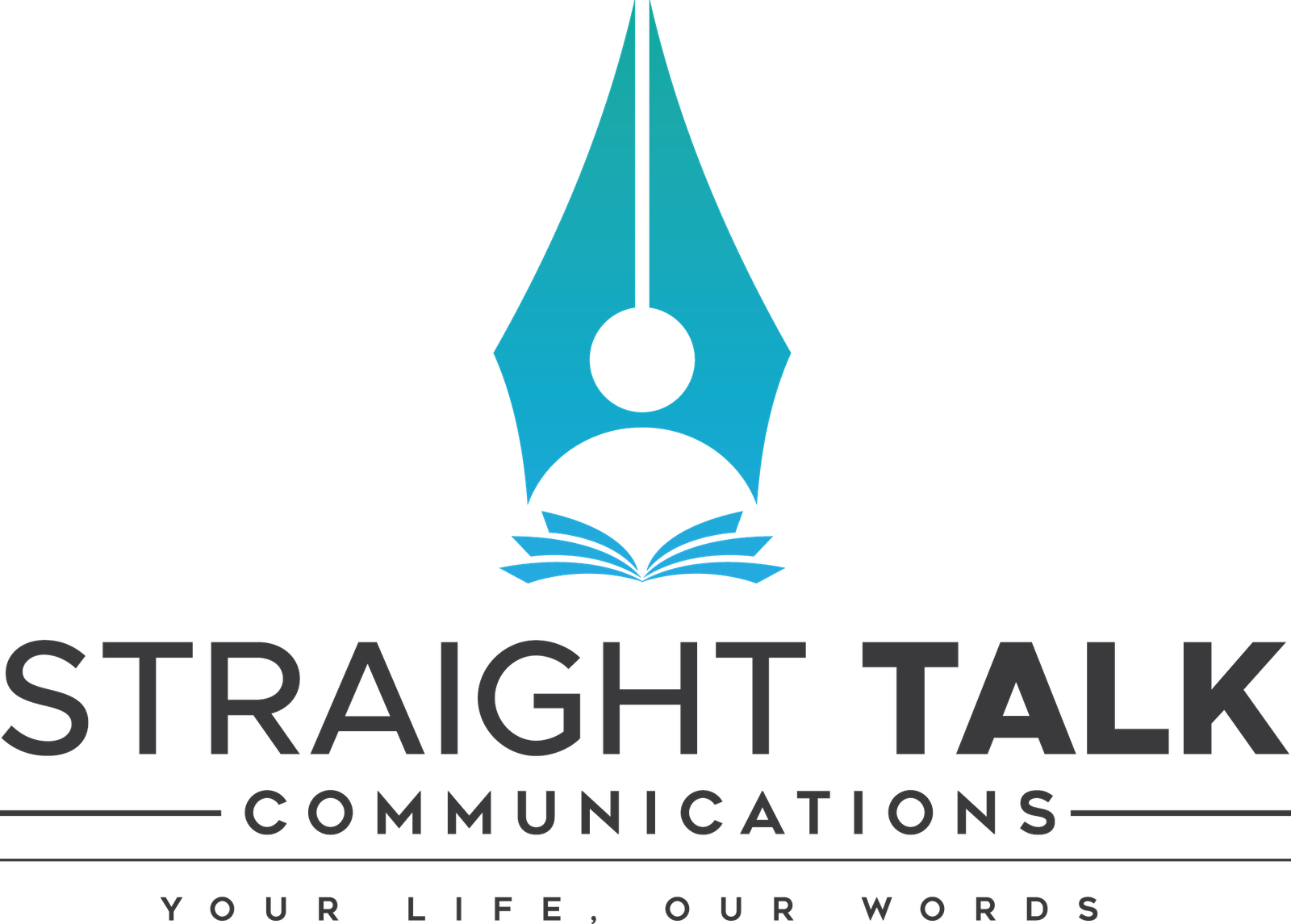

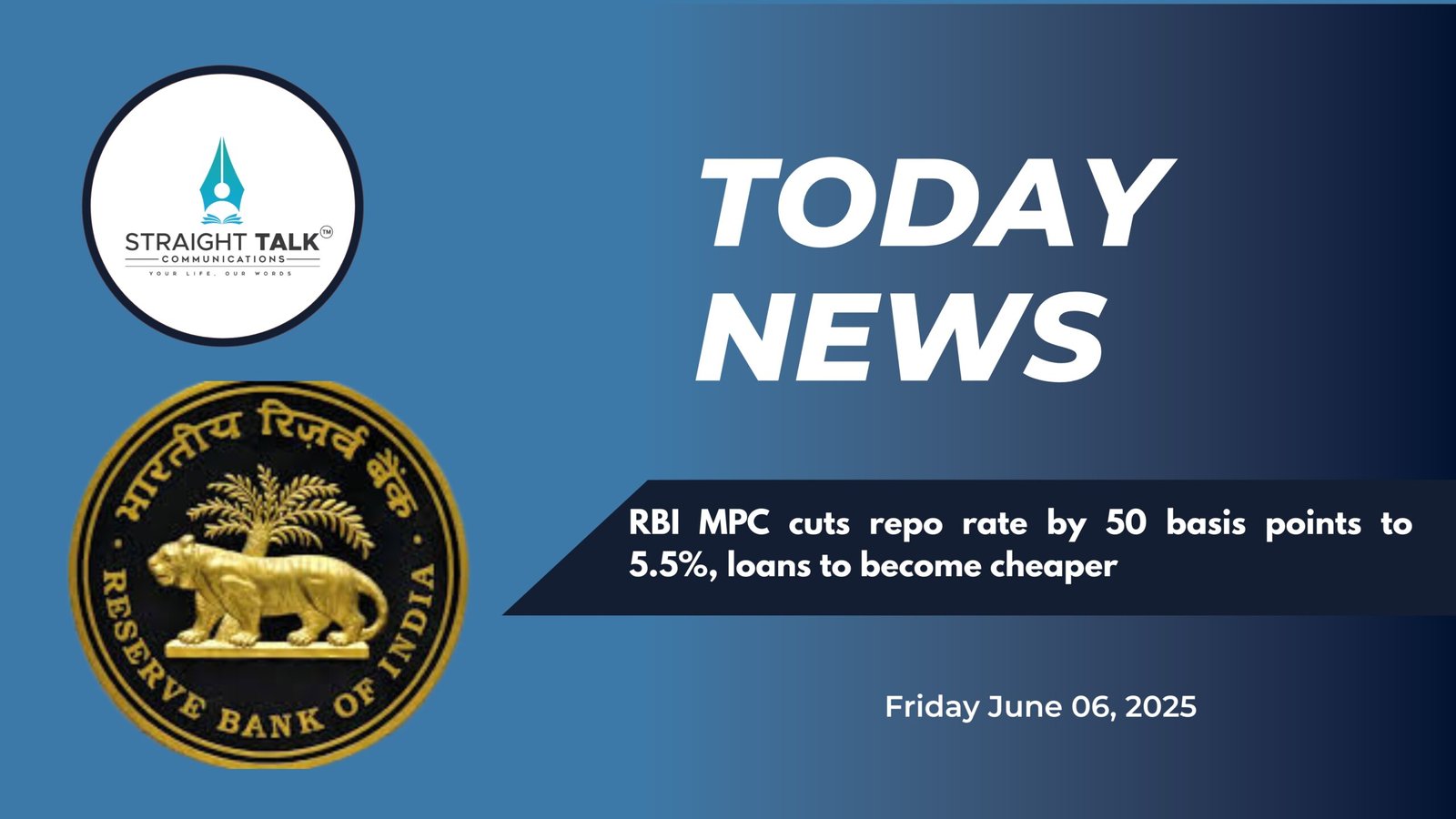
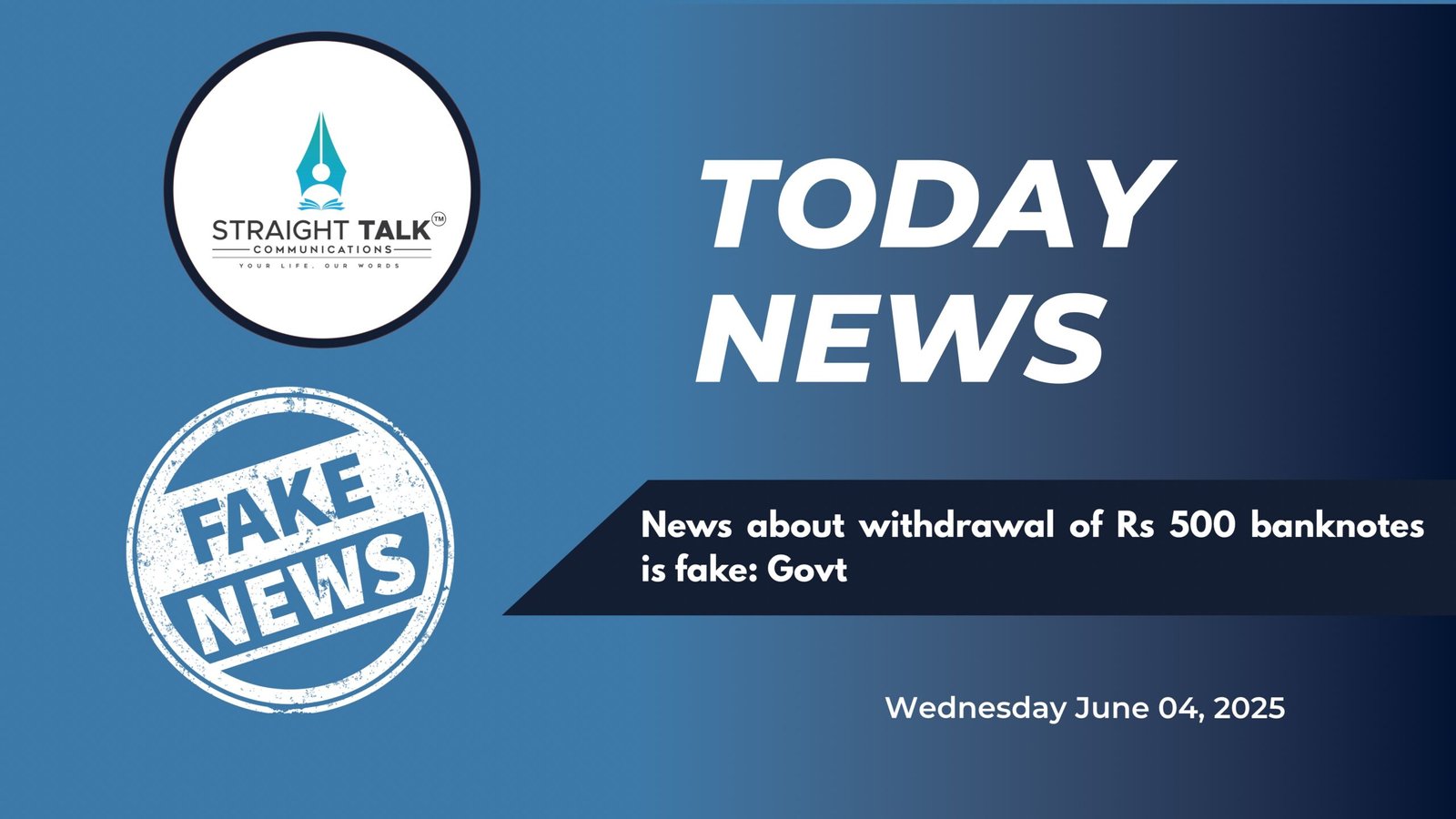


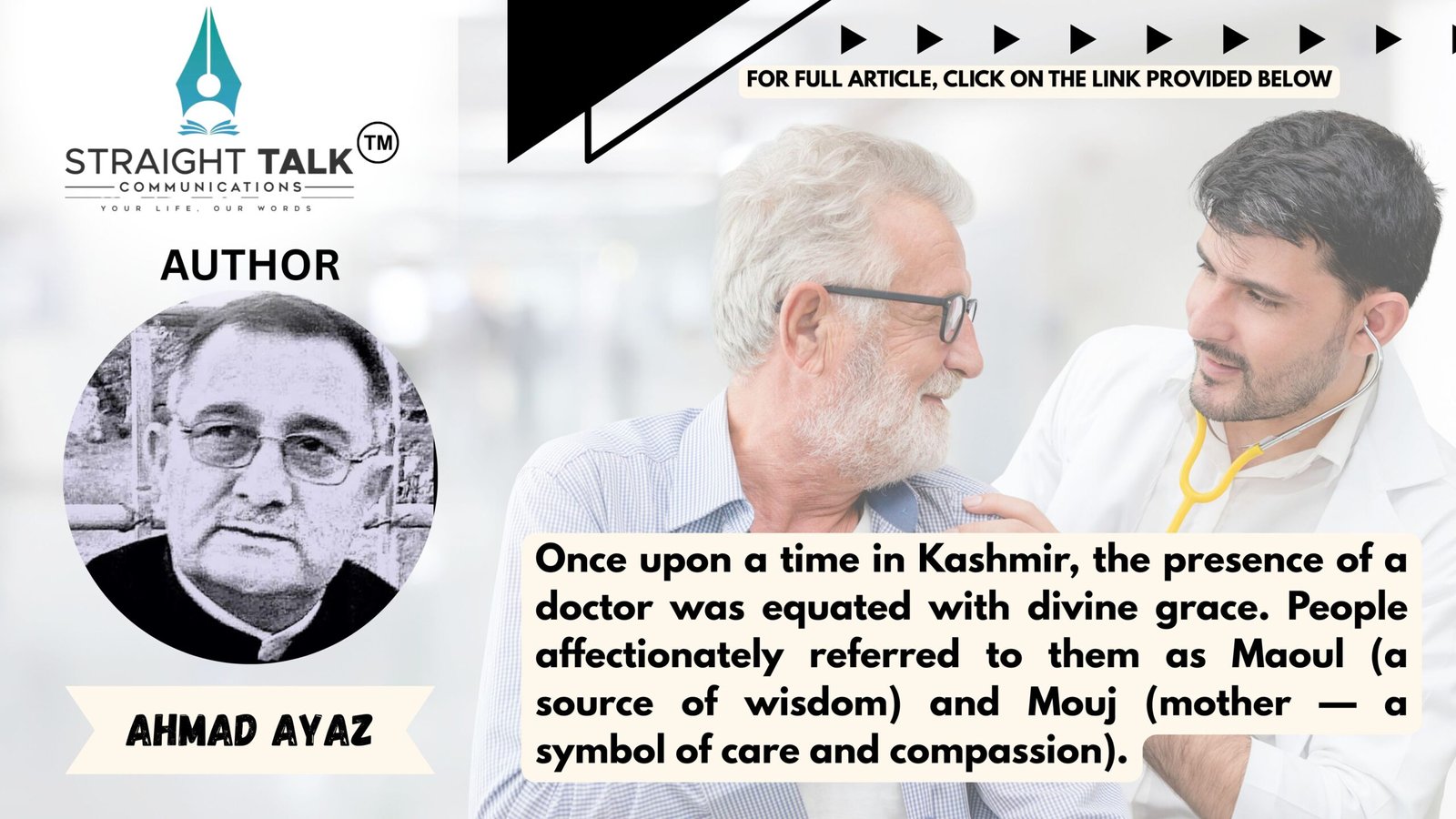
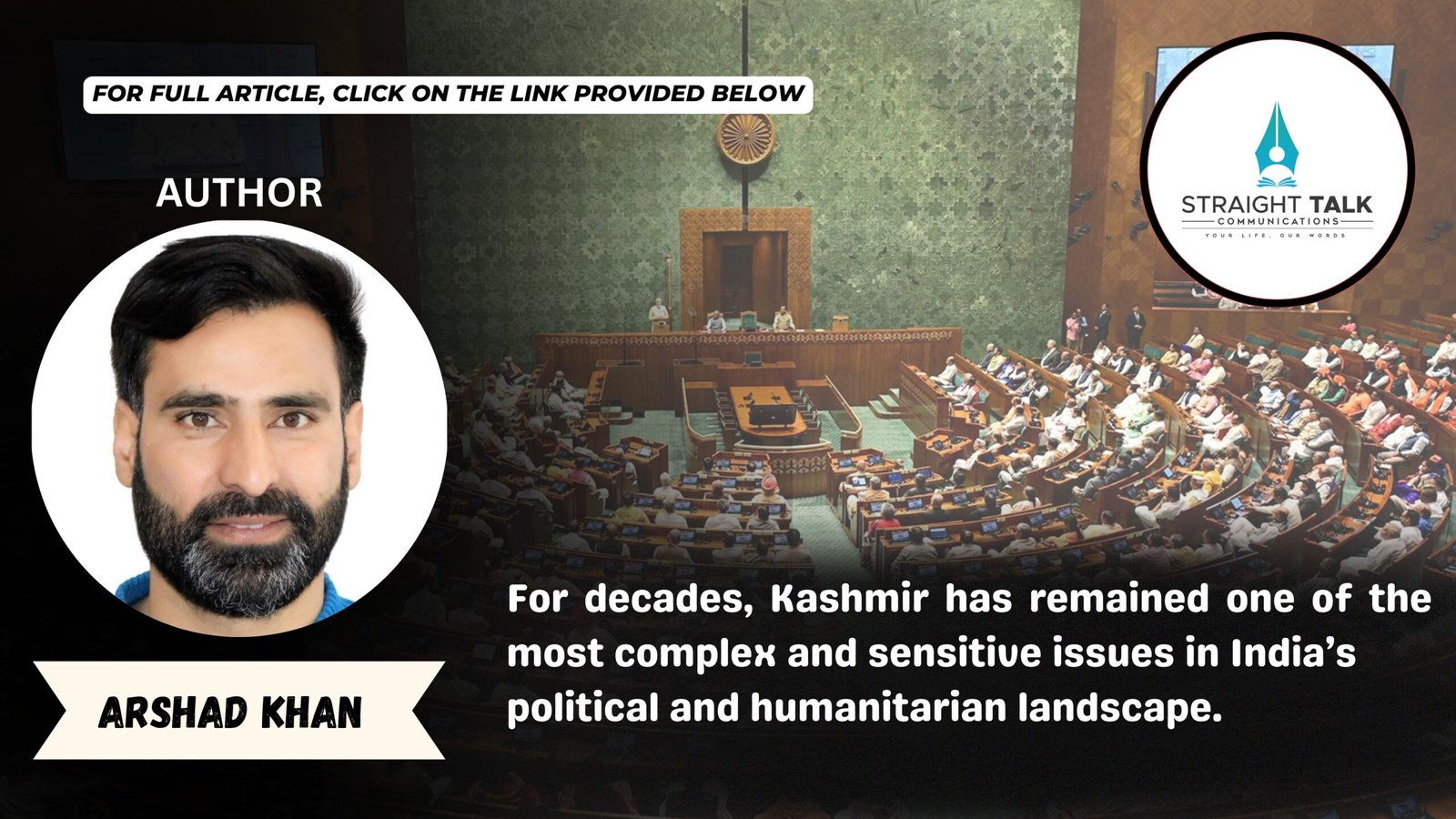
A commendable feat indeed..
Partly I know some development of past.
I never knew u had such a big contributions towards medical collage.the collage was in shambled during militancy.students were frustrated.then it was merged with skins.I remember we skims faculty used to present our selves as faculty of jvc..before Mci inspection team.and ultimately it got recognition.but sad to mention who started this collage there names are no where.
Dr Fayaz what a commendable job.
I also did not know you have been so closely associated.
I had my reservations on the project when Dr Ahad Sahib(Dr Guru) discussed the project me in his office at SKIMS.
I am glad to see a very difficult situation has grown into a reality from which youth of Kashmir shall thrive for generations to come.
God bless you all.
Grateful beyond words for the powerful narration of this iconic institution’s journey. Hats off to each one of you for turning a bold vision into reality, transforming ideas into lasting impact. Such focused execution and steadfast dedication are nothing short of extraordinary.